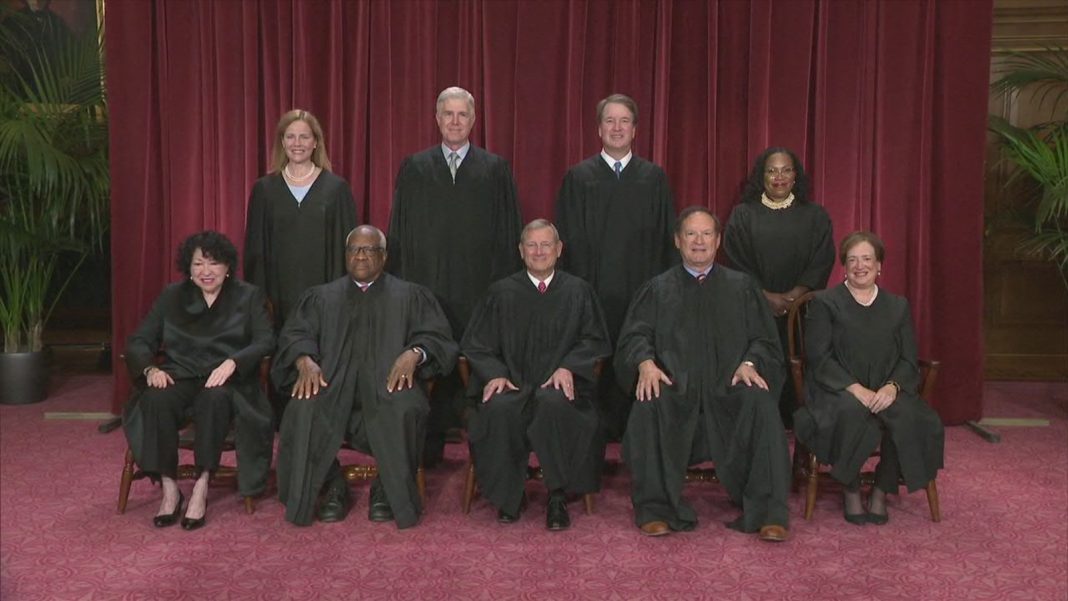 Boeing’s Starliner spacecraft, named “Calypso,” has been docked at the International Space Station (ISS) for an extended period, as NASA and Boeing continue to conduct new testing. The capsule, which is carrying NASA astronauts Butch Wilmore and Suni Williams, was originally planned to stay in space for nine days but has now surpassed 24 days. Despite the prolonged stay, officials assure that the astronauts are safe and can return to Earth if necessary.
Boeing’s Starliner spacecraft, named “Calypso,” has been docked at the International Space Station (ISS) for an extended period, as NASA and Boeing continue to conduct new testing. The capsule, which is carrying NASA astronauts Butch Wilmore and Suni Williams, was originally planned to stay in space for nine days but has now surpassed 24 days. Despite the prolonged stay, officials assure that the astronauts are safe and can return to Earth if necessary.
The delay in returning the Starliner to Earth is due to the need for additional testing. Specifically, NASA and Boeing want to gather more data about the spacecraft’s thruster system. To replicate the in-flight conditions, the team will be conducting tests at White Sands, New Mexico. NASA’s Commercial Crew manager, Steve Stich, estimates that this testing phase could take a couple of weeks.
The Starliner crew flight test is a critical milestone before NASA certifies Boeing to fly crew on operational, six-month missions. However, this mission has encountered various setbacks and delays, similar to the two previous uncrewed spaceflights. As a result, Starliner has fallen behind SpaceX’s Dragon in terms of reliability and efficiency. SpaceX’s Dragon has successfully completed 12 crewed trips to the ISS over the past four years.
This situation has led NASA to designate SpaceX as the primary provider for crewed missions, with Boeing serving as a backup option. The agency plans to have astronauts fly on alternating flights between SpaceX and Boeing. While Starliner was once considered a competitor to Dragon, ongoing issues have shifted its position within NASA’s plans.
Despite these challenges, it is crucial for Boeing and NASA to address any technical issues and ensure the safety and reliability of the Starliner spacecraft. The extended testing period will provide valuable data that can inform future missions and help improve the overall performance of the spacecraft.
In conclusion, Boeing’s Starliner capsule, Calypso, is staying at the ISS for an extended period to conduct additional testing on its thruster system. Although this delay has pushed Starliner into a backup position for crewed missions, NASA and Boeing are committed to addressing any setbacks and ensuring the spacecraft’s reliability. The testing phase will provide valuable data that can inform future missions and contribute to the improvement of the Starliner’s performance.


